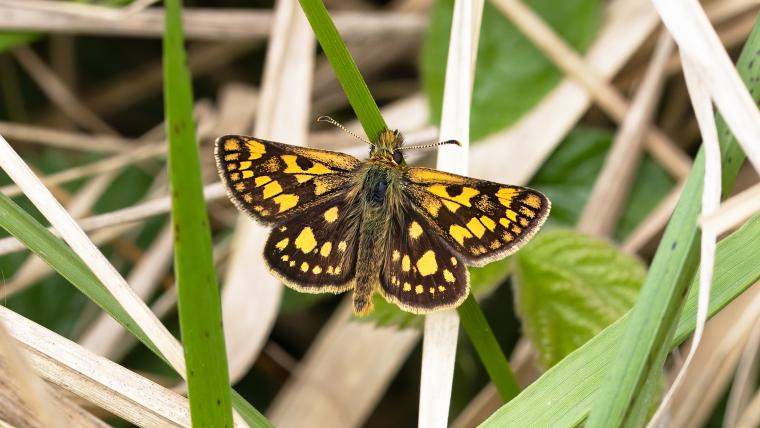
After four decades, the chequered skipper makes a stealthy return to England
In England, the chequered skipper is plotting a comeback from extinction. This butterfly can be identified by its hairy body, curved wings, and bright yellow spots. They previously thrived in flower-rich plantations, where they suckled on nectar from wood small-reeds and bred on their preferred false brome plants. But over the years, their colonies decreased due to changes in woodland management. Their habitats were cleared out and replaced with conifer plants. As a result, the species went regionally extinct for over four decades. However, the non-profit organisation Butterfly Conservation has been secretly hatching their return to their beloved home, Fineshade Wood in Rockingham Forest.
While attempts to recover the species in the 1990s did not succeed, it was the beginning of a long journey to the butterfly’s recovery. Through project Back from the Brink and together with Forestry of England, the Butterfly Conservation team replanted and revived Fineshade Wood with the skippers’ favourite vegetation. This 23-hectare habitat was designed and mapped out with paths to ensure the butterflies would not be destabilised by invasive plants. Following these major developments, ecologists travelled to Belgium in 2018 to adopt a group of male and female chequered skippers to be released into the forest.
The conservationists kept the process unknown to the public to allow the butterflies to establish a strong footing. Today their population has stabilised, and can be seen flying low or perching on shrubs defending their kingdom. This habitat is regularly monitored and maintained to allow the species to continue thriving. With the site now open to the public, wildlife enthusiasts can welcome back their long-lost skipper.
Footage and images by Butterfly Conservation were used in the creation of this film.
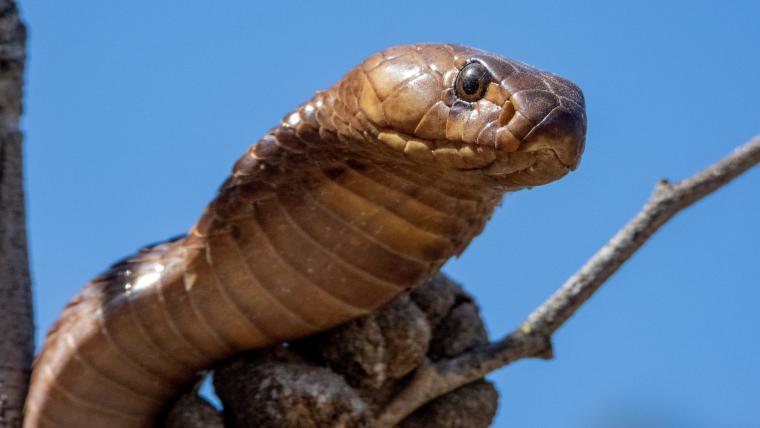
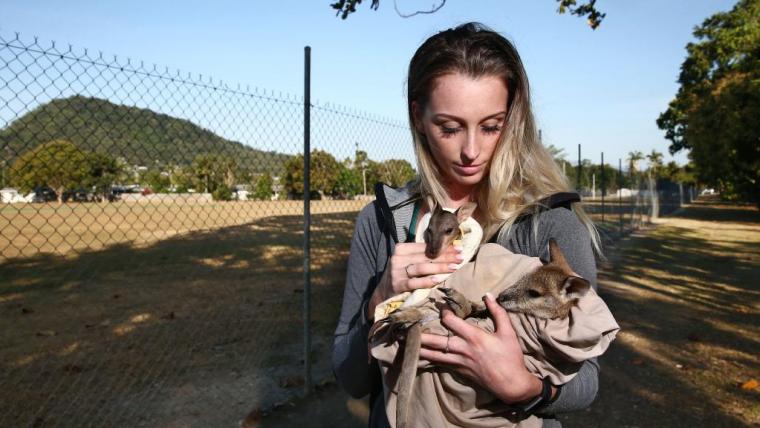
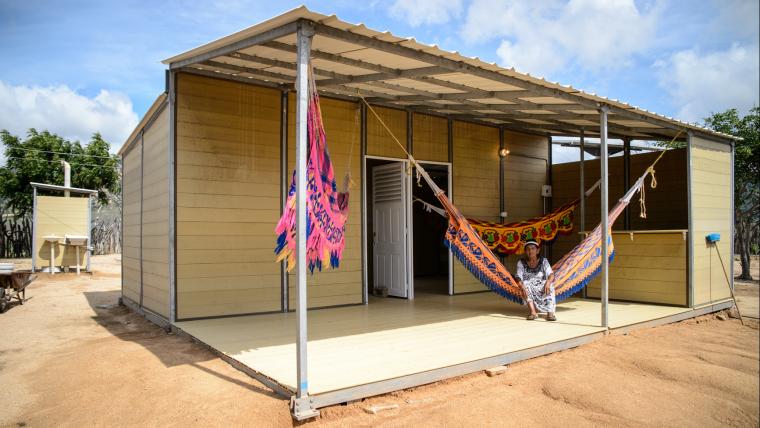
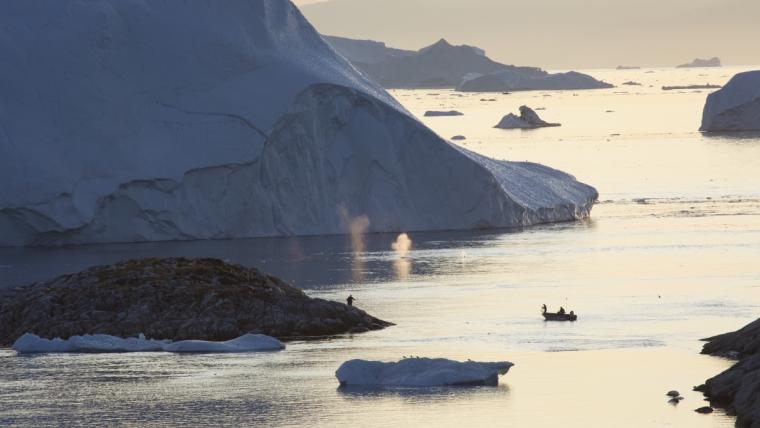
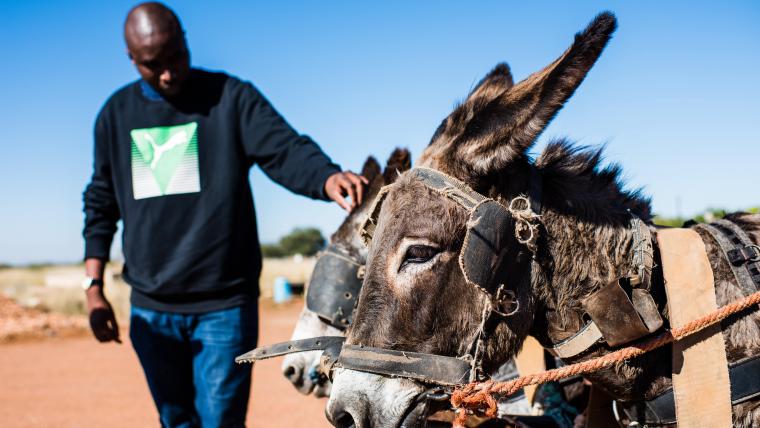
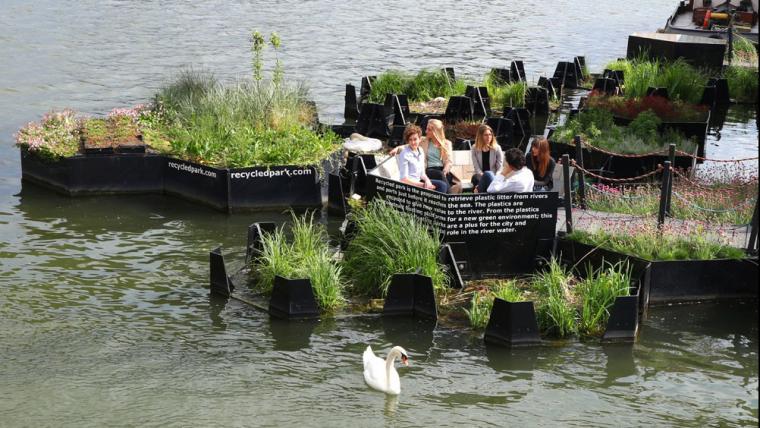
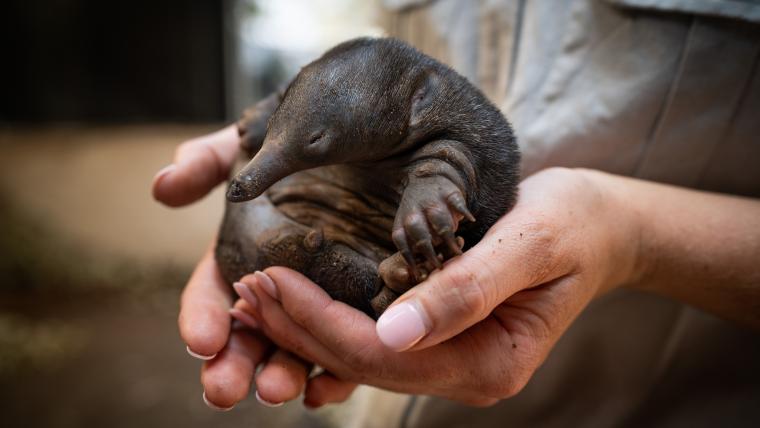
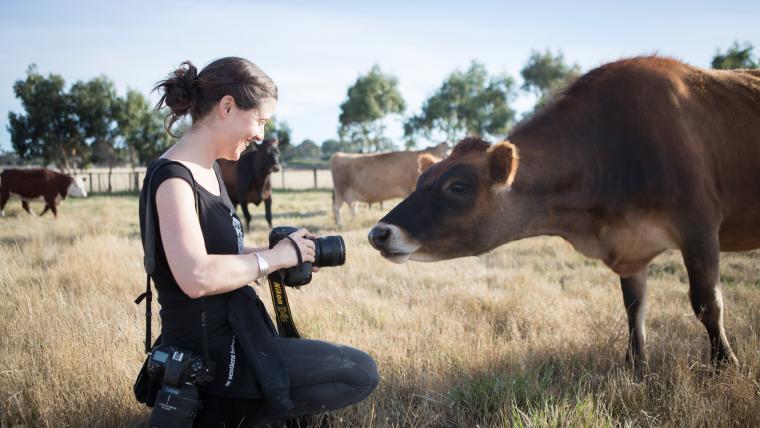

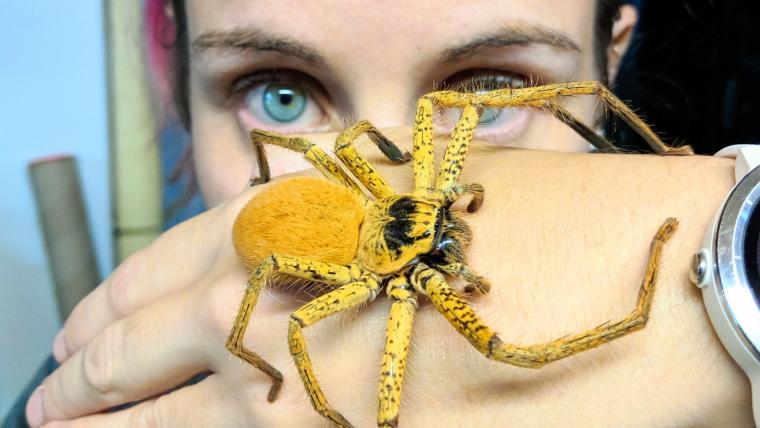




















Please sign in to leave a comment